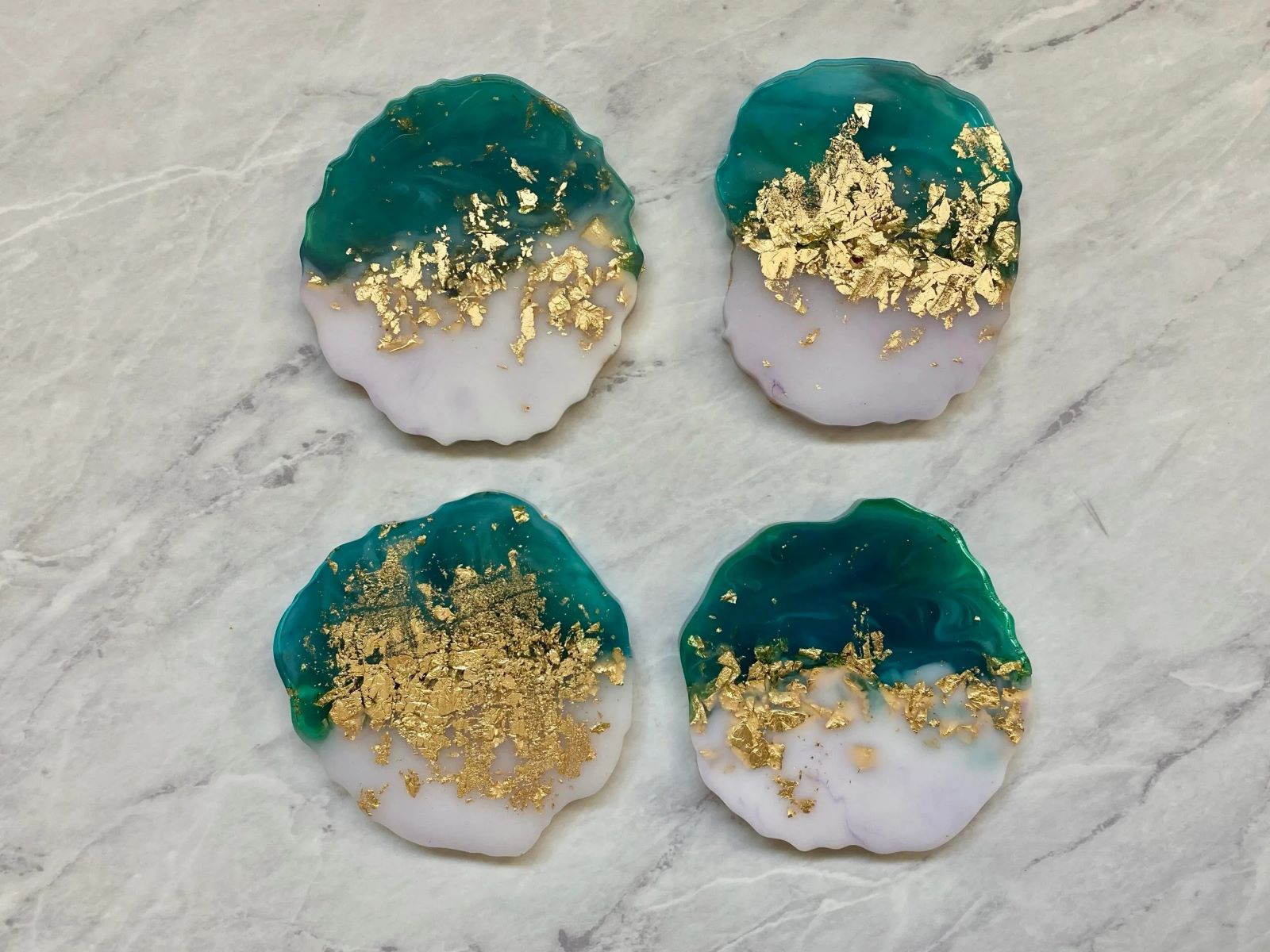

Tableware
How To Resin Coasters
Modified: January 9, 2024
Discover how to create stunning resin coasters for your tableware collection. Follow our step-by-step guide to achieve professional results every time!
(Many of the links in this article redirect to a specific reviewed product. Your purchase of these products through affiliate links helps to generate commission for Storables.com, at no extra cost. Learn more)
Introduction
Are you looking to add a touch of elegance and style to your home decor? Resin coasters are a fantastic way to showcase your creativity while also protecting your furniture from drink rings and spills. Whether you are a seasoned crafter or a beginner looking to explore a new hobby, creating resin coasters is a fun and rewarding DIY project.
Resin is a versatile material that can be used to create stunning and unique designs. It is a liquid compound that hardens into a glossy and durable finish, making it perfect for creating coasters that are both functional and aesthetically pleasing.
In this article, we will guide you through the process of creating your own resin coasters. From preparing the work area to adding decorative elements, we will cover all the steps necessary to create beautiful, personalized coasters that reflect your own style and flair.
Before we dive into the details, let’s make sure we have all the materials needed to get started.
Key Takeaways:
- Create personalized resin coasters to protect furniture and showcase your creativity. Follow step-by-step instructions for a fun and rewarding DIY project.
- Explore the endless possibilities of resin art by experimenting with colors, shapes, and decorative elements. Let resin inspire your creativity and adorn your home with functional works of art.
Read more: How To Seal Resin Coasters
Materials Needed
Before you begin your resin coaster project, you will need to gather the following materials:
- Resin: Choose a high-quality epoxy resin specifically designed for coating and crafting purposes. You can find resin kits in craft stores or online.
- Mold: Select a mold that is suitable for creating coasters. There are various options available, such as silicone molds or coaster molds specifically designed for resin casting.
- Release Agent: To ensure easy removal of coasters from the mold, you will need a release agent. This can be silicone spray or a mold release conditioner specifically designed for resin projects.
- Pigments or Dyes: If you want to add color to your coasters, you will need pigments or liquid dyes that are compatible with resin. Choose colors that complement your decor or reflect your personal style.
- Measuring Cups: Use disposable measuring cups to accurately measure the resin and hardener. It is important to follow the manufacturer’s instructions regarding the resin-to-hardener ratio.
- Stir Sticks: You will need stir sticks or wooden craft sticks to mix the resin and hardener thoroughly.
- Heat Gun or Torch: A heat gun or small torch can be used to remove air bubbles that may form during the pouring process. This will help ensure a clear and smooth finish for your coasters.
- Protective Equipment: It is essential to wear gloves and a mask when working with resin. This will protect your skin from potential irritation and prevent inhalation of any fumes.
- Decorative Elements (optional): If you want to add a personal touch to your coasters, you can gather decorative elements such as dried flowers, glitter, or small trinkets.
Now that you have all the necessary materials, let’s move on to the step-by-step process of creating your resin coasters.
Step 1: Prepare the Work Area
Before you start working with resin, it is crucial to prepare your work area properly. Here’s how:
- Cover your work surface: Place a plastic or silicone mat on your work surface to protect it from any spills or drips. Resin can be challenging to remove once it hardens, so it’s best to prevent any accidents.
- Ventilation: Ensure that your work area has proper ventilation. Open windows or use a fan to circulate the air. This will help dissipate any fumes that may be produced while working with resin.
- Temperature and humidity: Resin cures best in a controlled environment with stable temperature and humidity. Aim for a temperature between 70-75 degrees Fahrenheit (21-24 degrees Celsius) and a humidity level below 50%.
- Protective clothing and equipment: Put on gloves, a mask, and safety goggles to protect yourself from any potential skin and respiratory irritation. Resin can be sticky and messy, so wearing old clothing is also advisable.
- Organize your tools: Have all your materials, measuring cups, stir sticks, and molds within reach. This will ensure a smooth and efficient workflow.
By taking these precautions and setting up your work area properly, you can minimize any potential mishaps and work comfortably throughout the resin coaster-making process.
Step 2: Choose and Prepare the Coasters
Once your work area is ready, it’s time to choose and prepare the coasters that will serve as the base for your resin creations. Here’s what you need to do:
- Select coaster molds: Decide on the shape and size of the coasters you want to create. You can choose from a variety of coaster molds available in different shapes like square, round, or hexagon. Make sure the molds are suitable for use with resin.
- Clean the molds: Thoroughly clean the molds with warm soapy water to remove any dust or debris. This will ensure that your coasters have a smooth and pristine finish.
- Apply a release agent: To ensure easy removal of the coasters from the molds once the resin has cured, apply a thin layer of a release agent. This can be silicone spray or a specific mold release conditioner for resin projects. Follow the manufacturer’s instructions for the best results.
- Place the molds on a level surface: Set the prepared molds on a level surface, making sure they are stable and flat. This will help ensure that your coasters dry evenly and maintain their desired shape.
By carefully selecting and preparing the coaster molds, you are setting the foundation for creating beautiful and professional-looking resin coasters.
Step 3: Mix the Resin
With the coasters prepared, it’s time to mix the resin. Properly mixing the resin and hardener is crucial for achieving the desired results. Follow these steps:
- Read the instructions: Carefully read the instructions provided by the manufacturer of your resin for specific mixing ratios and curing times. Different resin brands may have slightly different instructions.
- Prepare your workspace: Place disposable measuring cups and stir sticks within reach. Make sure they are clean and dry before use.
- Measure the resin and hardener: Pour the recommended amounts of resin and hardener into separate measuring cups. It is important to measure accurately to maintain the proper resin-to-hardener ratio.
- Start the mixing process: Pour the resin into a clean mixing cup, followed by the hardener. Use a stir stick to combine the two components thoroughly. Stir gently and ensure that you scrape the sides and bottom of the cup to incorporate all the resin and hardener.
- Mix slowly and evenly: Avoid creating air bubbles while stirring. Stir slowly and steadily to minimize the introduction of air into the mixture. Too much air can result in bubbles on the surface of your coasters.
Continue stirring for the recommended amount of time specified in the resin manufacturer’s instructions. This will ensure that the resin and hardener are properly mixed and ready for pouring.
Read more: How To Make Resin Car Coasters
Step 4: Pour the Resin
Now that you have mixed the resin, it’s time to pour it into the prepared coaster molds. Follow these steps to achieve a smooth and even pour:
- Slow and controlled pour: Start pouring the resin mixture into the center of each mold. Pour slowly and steadily to prevent overflow or uneven distribution of the resin.
- Fill the molds: Continue pouring until the resin reaches the desired thickness. Typically, a 1/4 to 1/2 inch thickness is ideal for coasters. Avoid overfilling the molds, as this can lead to unwanted spills.
- Level the resin: If needed, gently tilt the molds or use a stir stick to spread the resin evenly and ensure that it covers the entire surface of the mold. This will help create a smooth finish on your coasters.
- Add decorative elements (optional): If you wish to incorporate decorative elements such as dried flowers, glitter, or small trinkets, now is the time to carefully place them on top of the poured resin.
Remember to work efficiently and avoid extended pauses during the pouring process to minimize the formation of air bubbles in the resin. Now, let’s move on to the next step to remove any bubbles that may have formed.
When mixing resin for coasters, make sure to follow the instructions carefully and mix slowly to minimize air bubbles. Use a torch or heat gun to remove any remaining bubbles on the surface.
Step 5: Remove Bubbles
After pouring the resin into the molds, it is common for small air bubbles to form. To achieve a clear and smooth finish on your coasters, follow these steps to remove any bubbles:
- Use a heat gun or torch: Gently pass a heat gun or hold a small torch above the surface of the resin. Move the heat source in a back and forth motion about 6-8 inches away from the coasters.
- Watch the bubbles disappear: As you apply heat, you will notice the bubbles rising to the surface and popping. This is a sign that the air bubbles are being released from the resin.
- Avoid overheating: Be careful not to overheat the resin, as it can cause the resin to become cloudy or create other unwanted effects. Keep the heat source moving at all times, and do not apply direct heat for too long in one area.
- Continue until the bubbles are gone: Keep applying heat until most, if not all, of the bubbles have disappeared. It is normal to have some tiny bubbles remain, but they will often become less noticeable after the curing process.
By carefully using heat to remove bubbles, you will achieve a professional and polished look for your resin coasters. Once the bubbles are removed, it’s time to add any additional decorative elements if desired.
Step 6: Add Decorative Elements (optional)
If you want to personalize your resin coasters and add a unique touch, you can incorporate various decorative elements. Here’s how to do it:
- Prepare the decorative elements: Choose the decorative elements you wish to add, such as dried flowers, glitter, or small trinkets. Make sure they are clean and dry before using them.
- Arrange the elements: Carefully place the decorative elements on top of the poured resin. You can arrange them in a specific pattern, create a design, or simply scatter them randomly for a whimsical look.
- Press down gently: After arranging the elements, lightly press them down into the resin using a clean stir stick or a toothpick. This will help ensure that they are secure within the resin and won’t shift during the curing process.
- Avoid overcrowding: Be mindful not to overcrowd the coasters with too many decorative elements, as this can affect the overall appearance and durability of the coasters.
Adding decorative elements is a great way to customize your resin coasters and make them truly one-of-a-kind. Once you are satisfied with the arrangement, it’s time to proceed to the curing stage.
Step 7: Cure the Resin
After pouring the resin and adding any decorative elements, it’s essential to allow the resin to cure properly. Curing is the process of hardening the resin to achieve a durable and glossy finish. Follow these steps to ensure successful resin curing:
- Follow the manufacturer’s instructions: Check the instructions provided by the resin manufacturer for the recommended curing time. This can vary depending on the brand and type of resin used.
- Cover the coasters: To protect the resin from dust or debris during the curing process, carefully place a box or cover over the coasters. Make sure the cover does not touch the resin surface.
- Provide a stable environment: Keep the coasters in a stable environment free from excessive movement or vibrations. This will help ensure that the resin cures evenly and maintains its desired shape.
- Allow sufficient curing time: Follow the recommended curing time specified by the manufacturer. Avoid the temptation to handle or disturb the coasters before they are fully cured.
During the curing process, it is normal for the resin to go through different stages, such as becoming tacky and then gradually hardening. Patience is key, as rushing the curing process can lead to subpar results. Once the recommended curing time has elapsed, it’s time to remove the coasters from their molds.
Read more: How To Make Flower Resin Coasters
Step 8: Remove Coasters from Molds
Now that the resin has cured, it’s time to carefully remove the coasters from their molds. Follow these steps for a successful removal process:
- Gently flex the mold: Carefully flex the silicone or plastic mold to release the edges of the coaster. Be patient and gentle to avoid damaging the mold or the coaster itself.
- Pop out the coaster: Once the edges are released, gently push on the bottom of the mold to pop out the coaster. If necessary, you can also use a small tool like a toothpick or a craft knife to help lift the coaster out of the mold.
- Inspect for any imperfections: After removing the coaster from the mold, inspect it for any imperfections or rough edges. If you notice any, use sandpaper or a nail file to smooth out the surface and achieve a polished finish.
- Wipe clean: Use a soft cloth or a damp sponge to wipe away any residue or dust from the coaster’s surface. This will ensure that your coasters are clean and ready to be used or displayed.
Remember to handle the coasters with care during the removal process to avoid any unintentional damage. With the coasters out of the molds, it’s time to add the finishing touches.
Step 9: Finishing Touches
With your resin coasters successfully removed from the molds, it’s time to add some finishing touches to enhance their appearance and durability. Follow these steps to complete your resin coaster project:
- Sand and polish (optional): If desired, you can sand the edges of the coasters for a smooth and refined finish. Start with a coarse-grit sandpaper and gradually move to a finer grit for a polished result. Once sanded, wipe away any dust and polish the coasters with a polishing compound for a glossy shine.
- Apply a topcoat (optional): To further protect the surface of your coasters and give them a professional look, consider applying a clear coat or resin topcoat. This will add an extra layer of durability and enhance the colors of any embedded decorative elements.
- Apply felt pads: To prevent your resin coasters from scratching or damaging your furniture, attach self-adhesive felt pads to the bottom of each coaster. These pads will also provide stability and reduce any sliding or slipping.
- Arrange and display: Now that your resin coasters are complete, arrange them on your coffee table, dining table, or any surface where you want to add a touch of style and functionality. Admire your handiwork and enjoy the compliments from guests.
By completing these finishing touches, you will ensure that your resin coasters are not only beautiful but also protected and ready for use. Now it’s time to sit back, relax, and enjoy your newly created resin coasters!
Conclusion
Congratulations on completing your resin coaster project! By following the steps outlined in this guide, you have learned how to create stunning and personalized coasters that add a touch of style to your home decor. Resin coasters not only protect your furniture but also serve as a beautiful and functional piece of art.
Throughout the process, you have discovered the importance of preparing the work area, choosing and preparing the molds, mixing the resin, pouring it into the molds, removing bubbles, adding decorative elements, curing the resin, and finally, removing the coasters from the molds. The finishing touches of sanding, polishing, and applying a topcoat ensure a professional and durable finish.
Remember, the possibilities for resin coasters are endless. You can experiment with different colors, shapes, and decorative elements to create a truly unique set that reflects your personality and style. Whether you choose to make them for yourself or give them as gifts, resin coasters are sure to be a conversation starter.
Now that you have mastered the art of resin coaster making, why not explore other resin projects? From jewelry to artwork, resin opens up a world of creativity and allows you to express your artistic side in unique and exciting ways.
So, gather your materials, set up your work area, and let your imagination run wild. Let the beauty and versatility of resin inspire you to create stunning coasters and explore the endless possibilities of this captivating art form.
Enjoy your resin coaster-making journey, and may your home be adorned with beautiful and functional works of art!
Frequently Asked Questions about How To Resin Coasters
Was this page helpful?
At Storables.com, we guarantee accurate and reliable information. Our content, validated by Expert Board Contributors, is crafted following stringent Editorial Policies. We're committed to providing you with well-researched, expert-backed insights for all your informational needs.
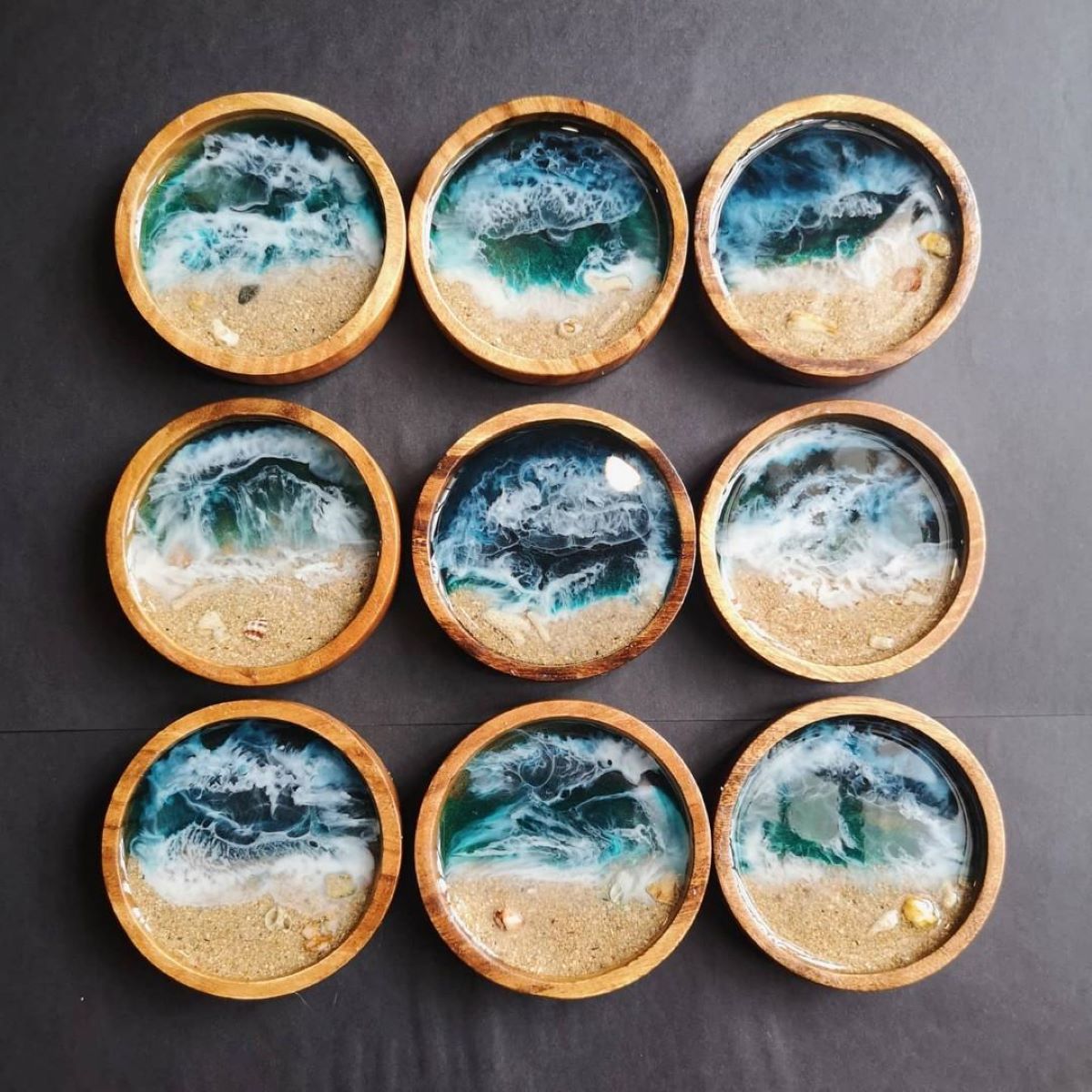
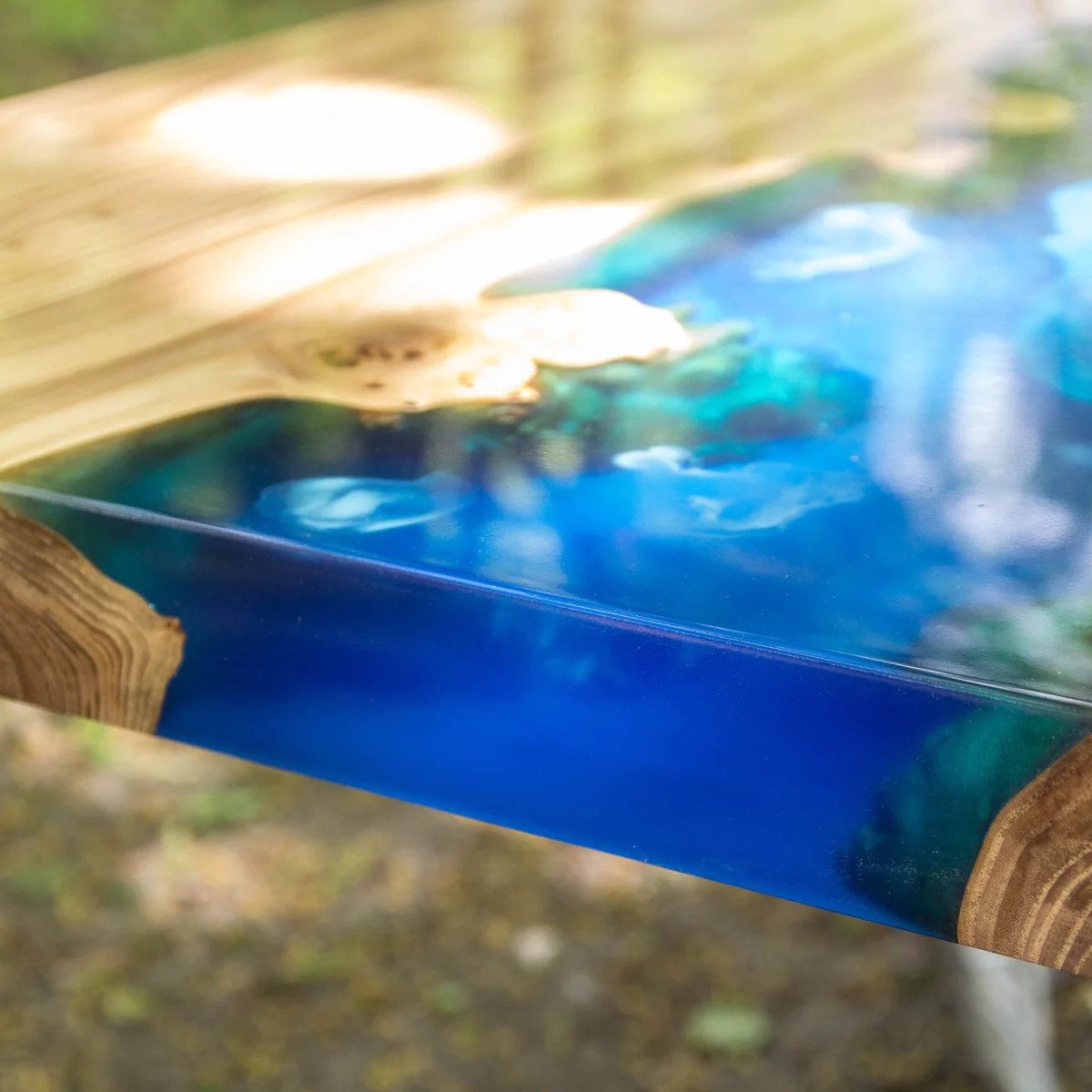
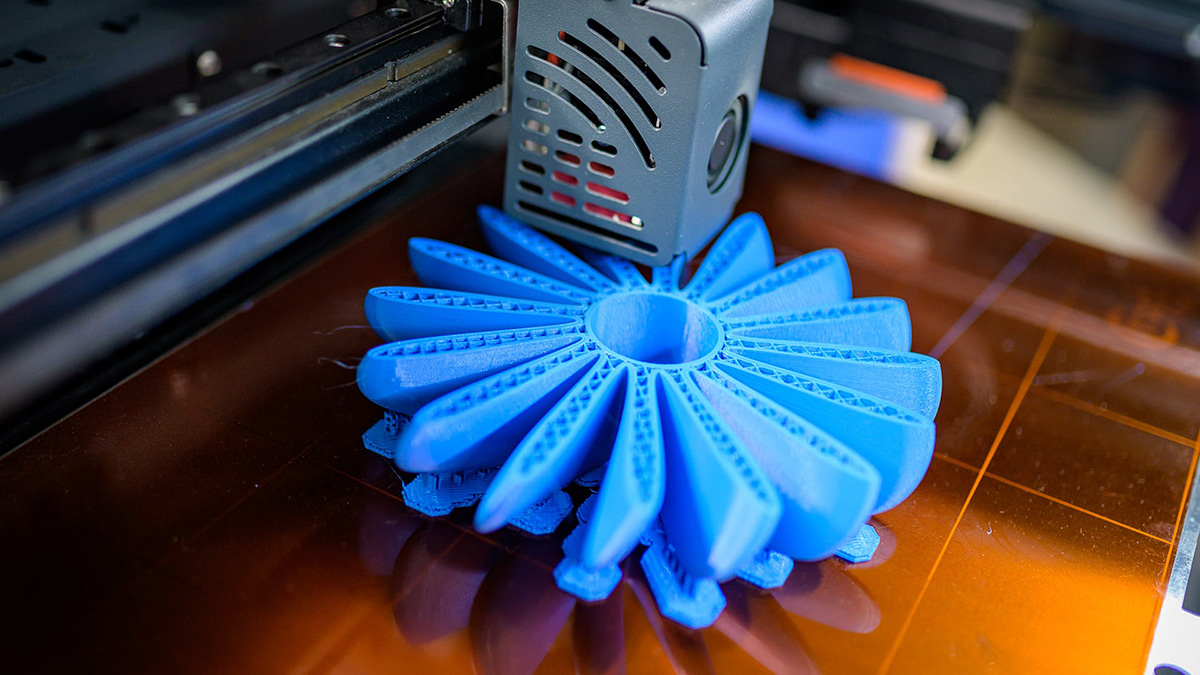
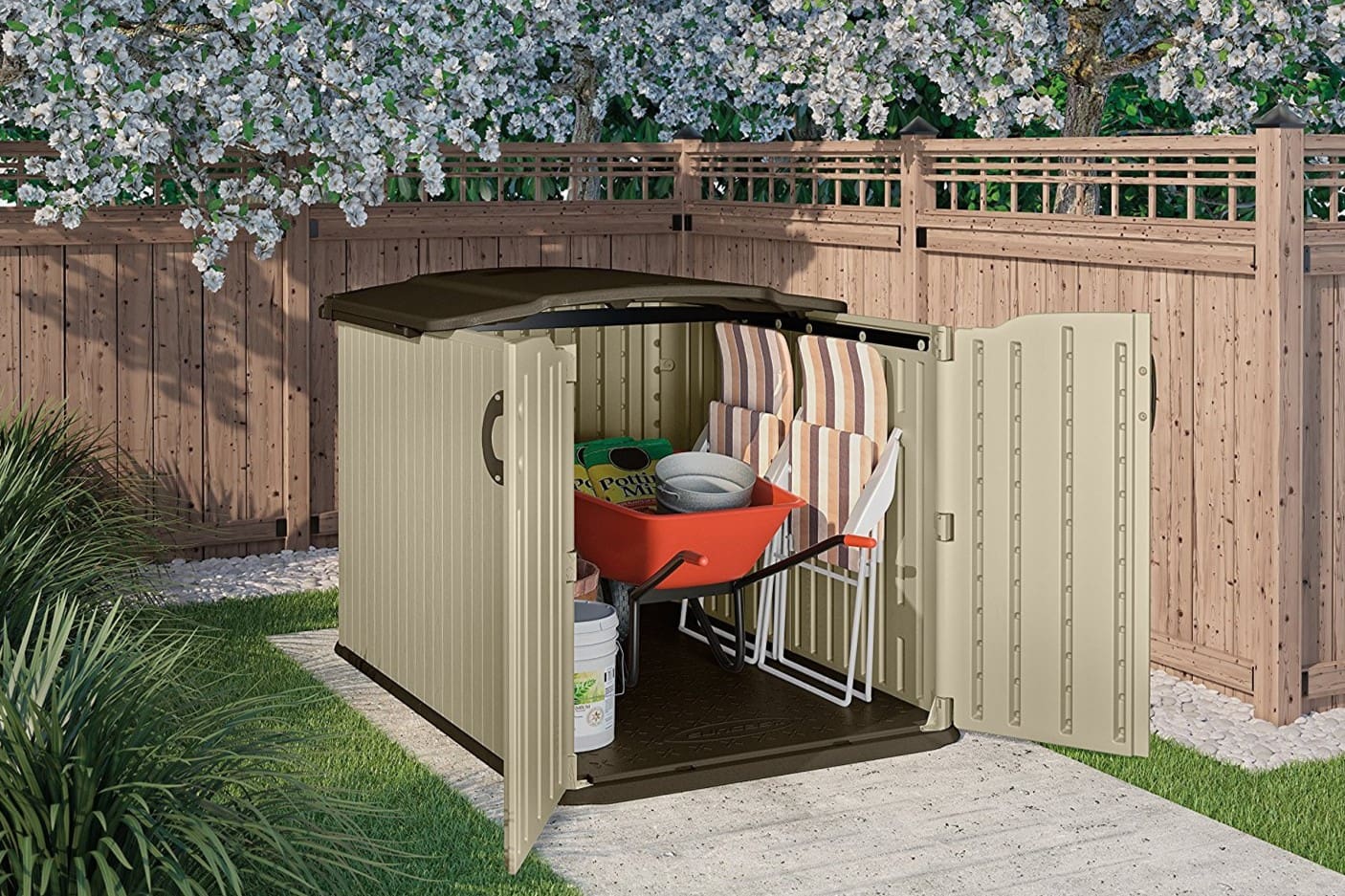
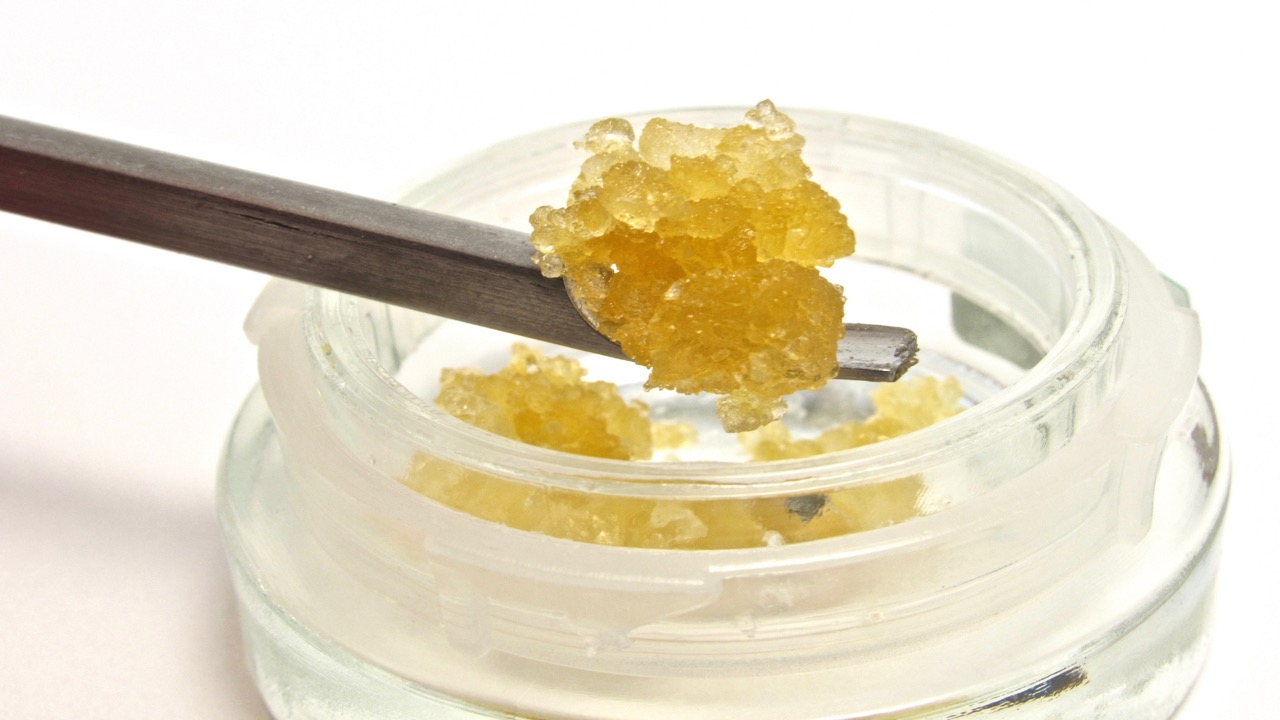
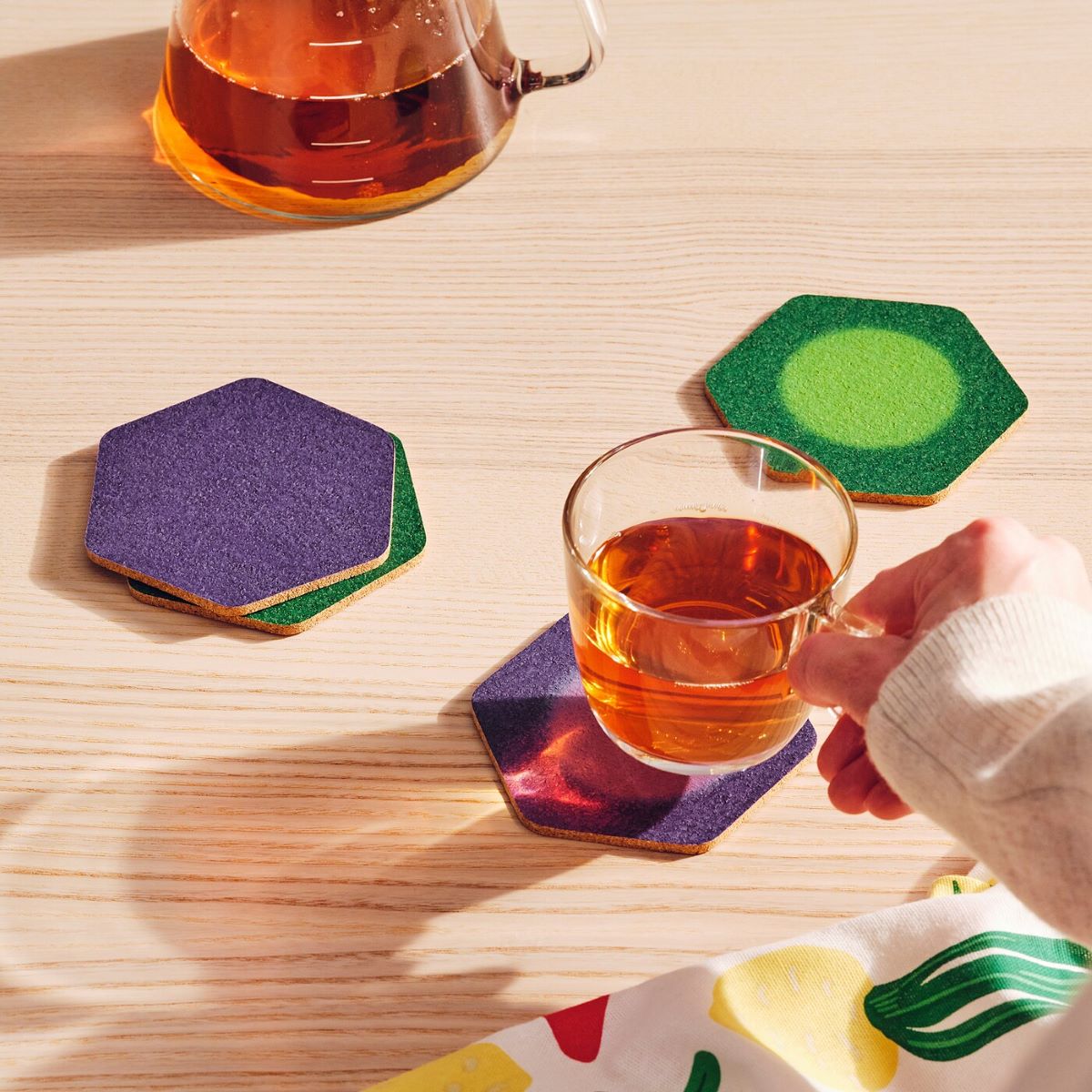
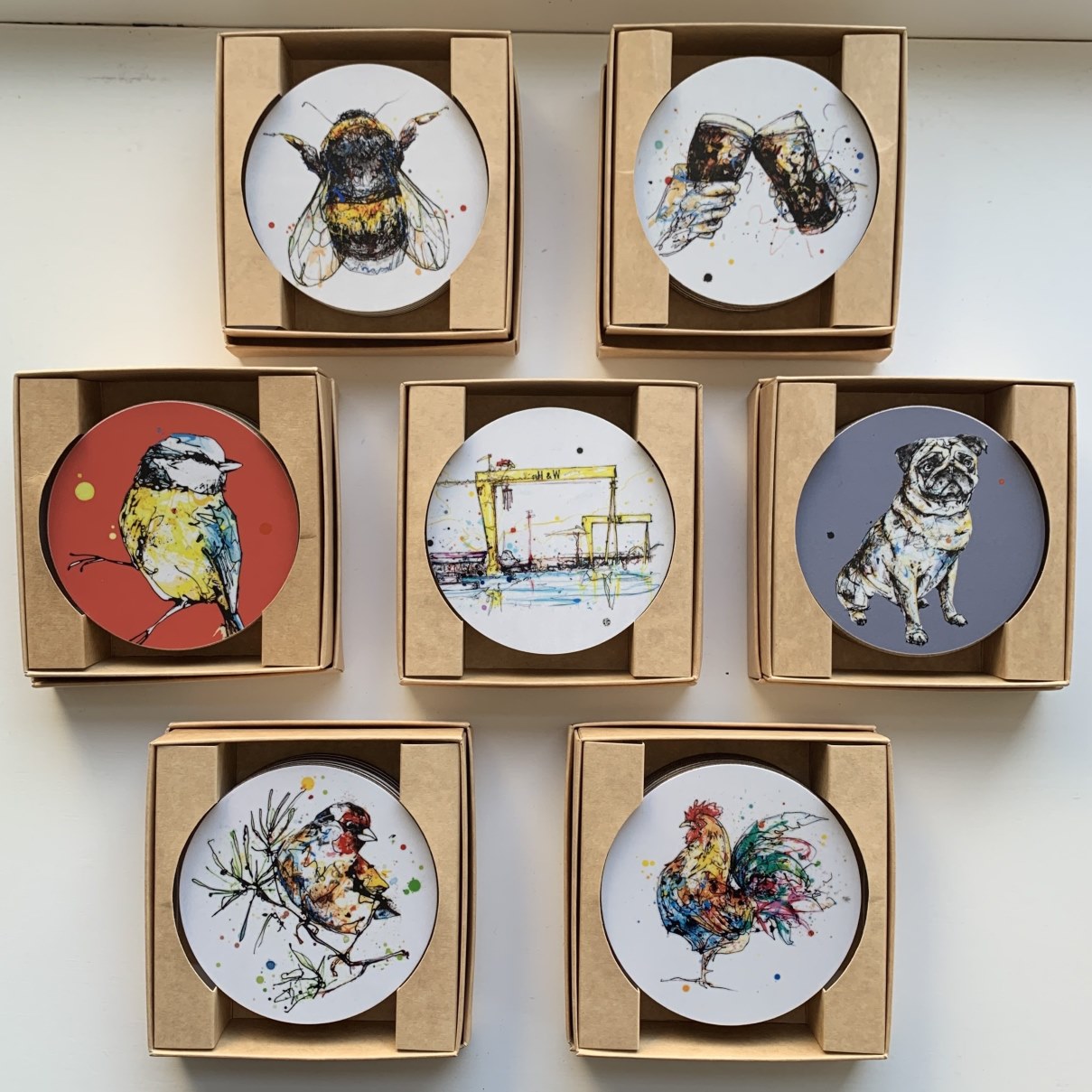
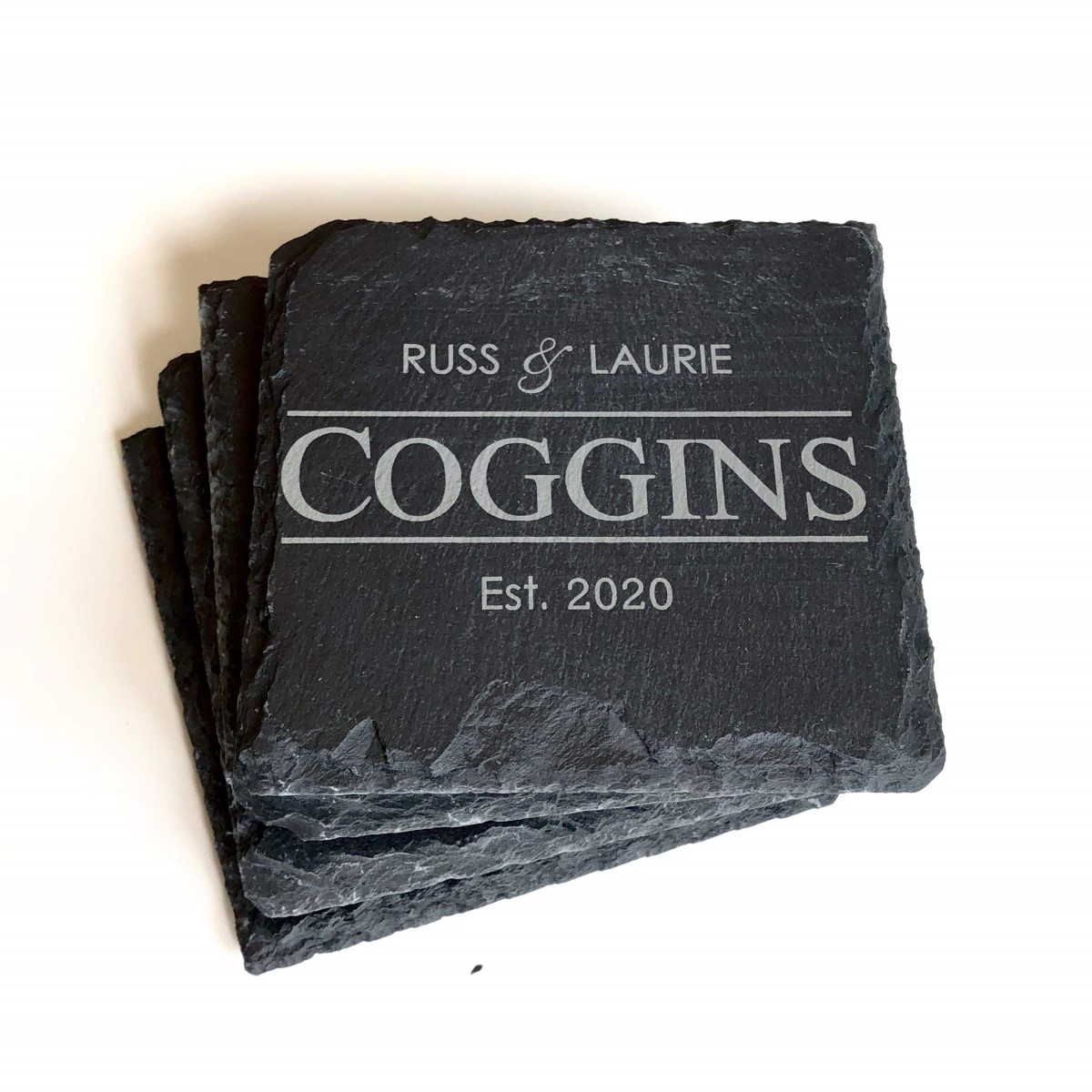
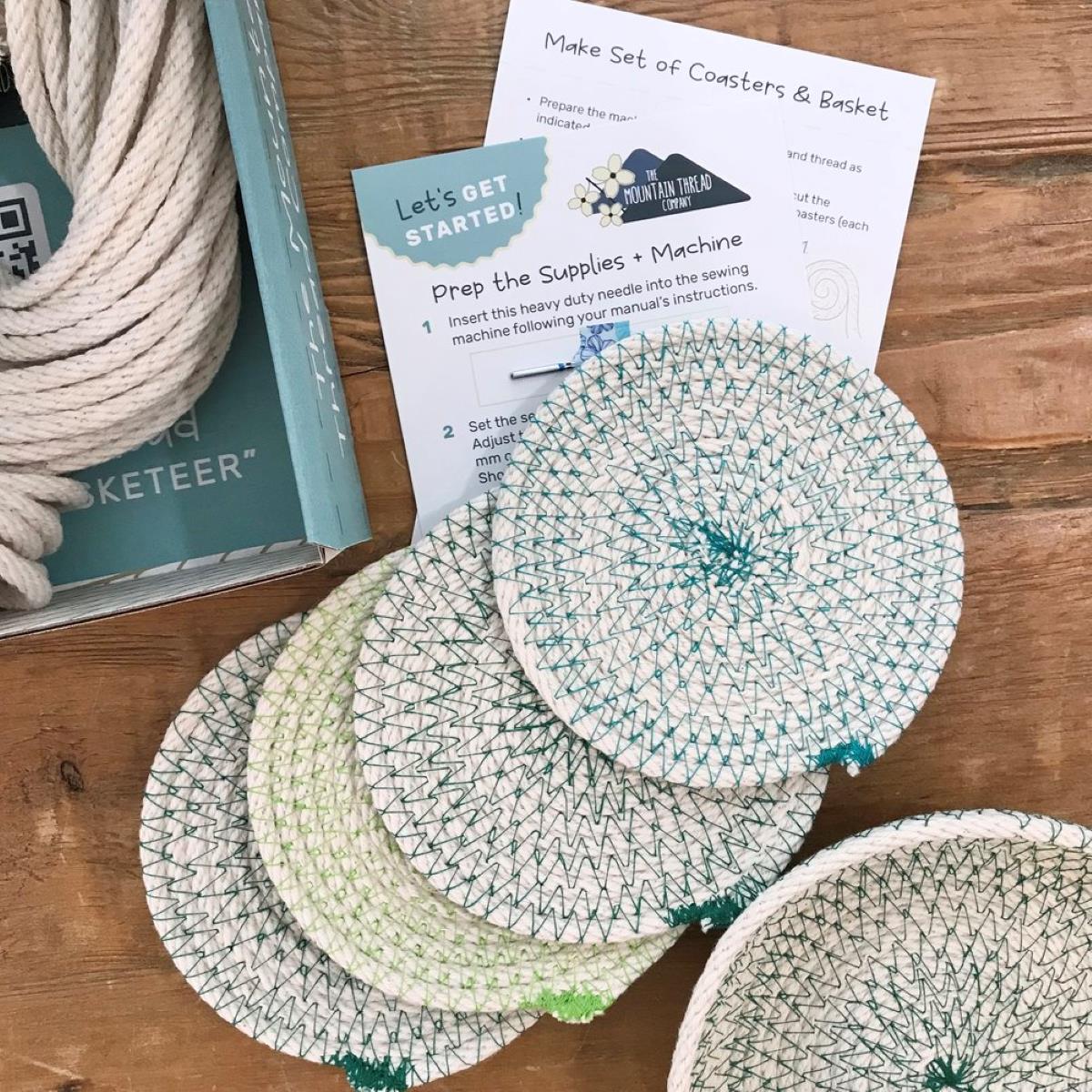
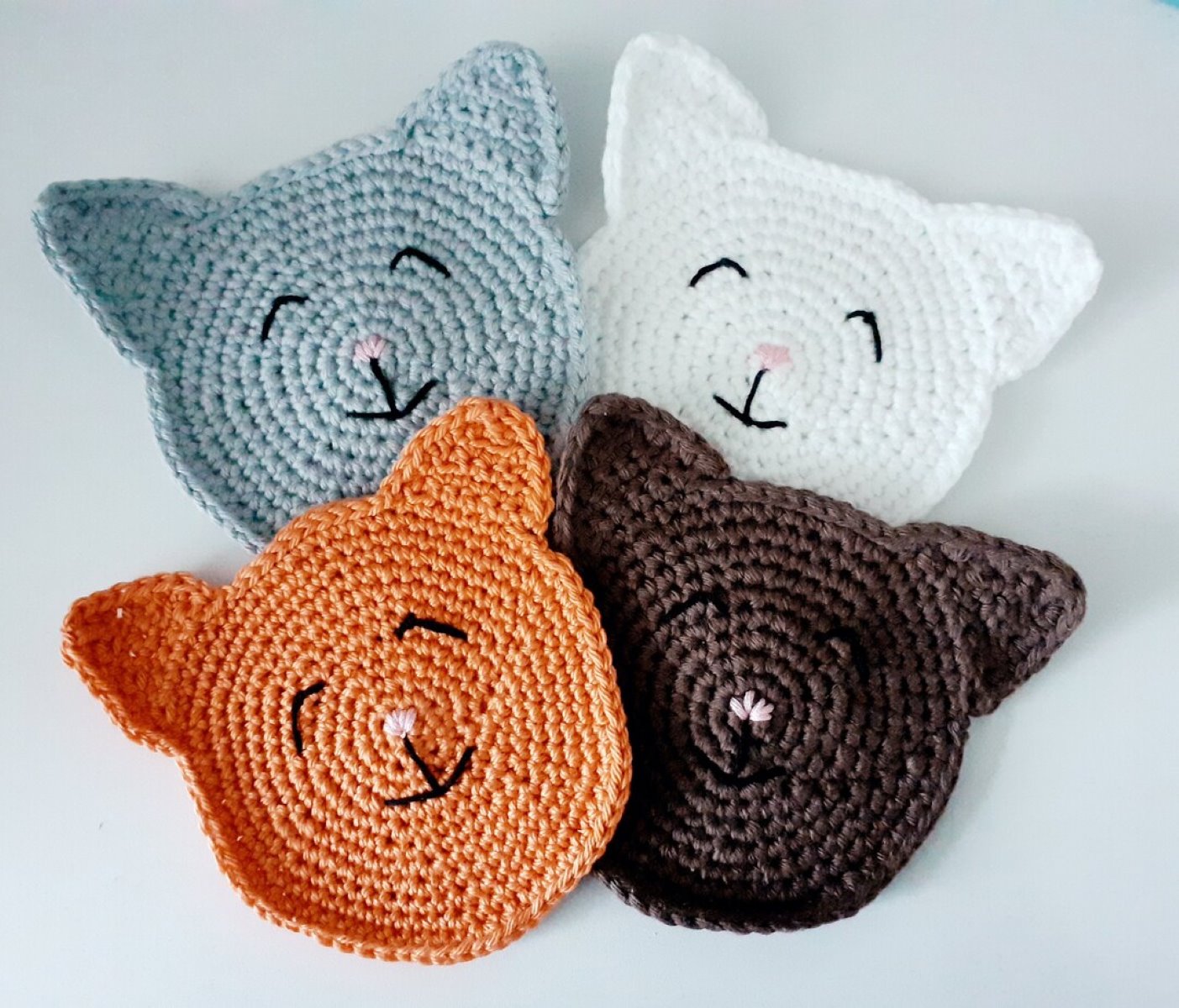
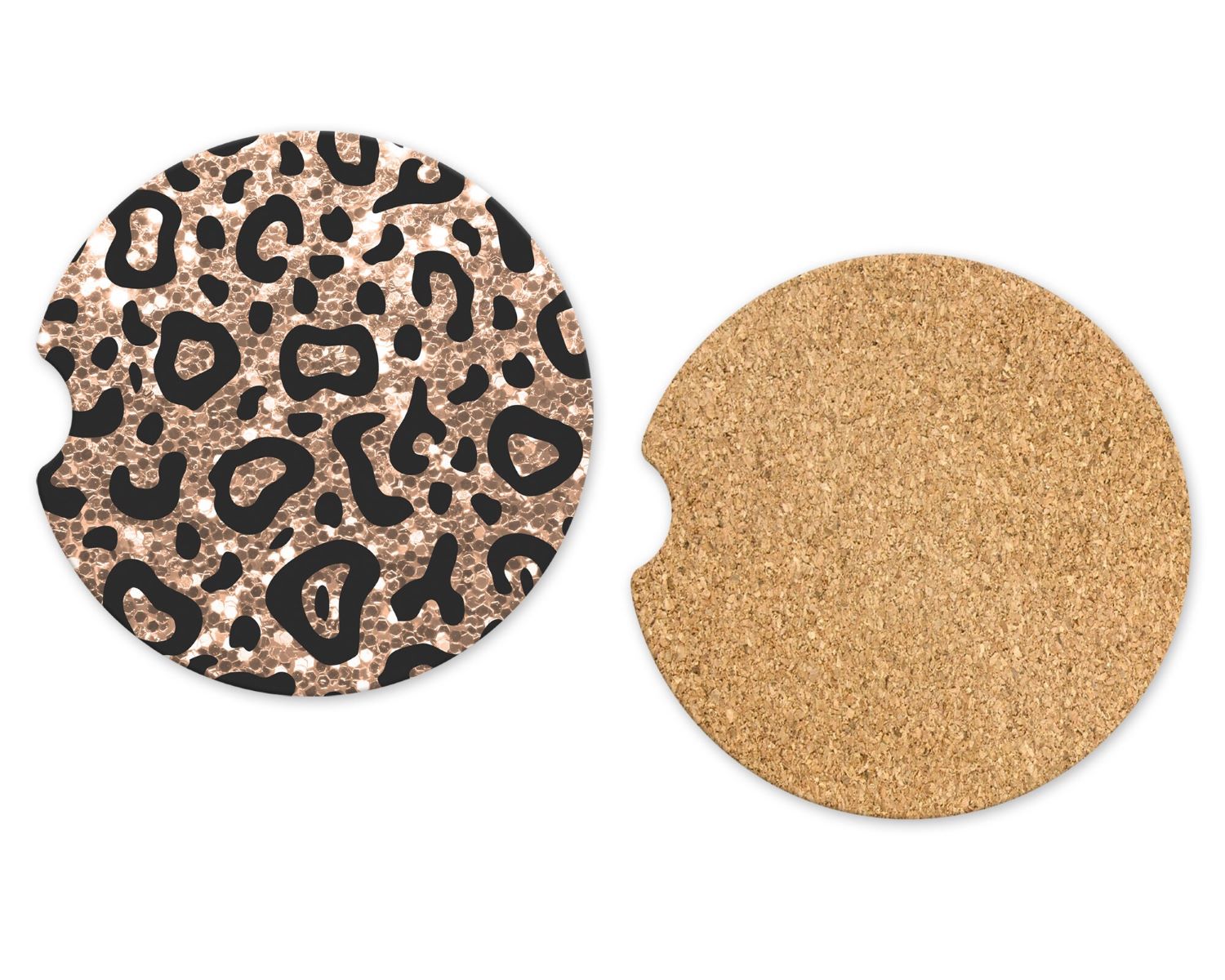
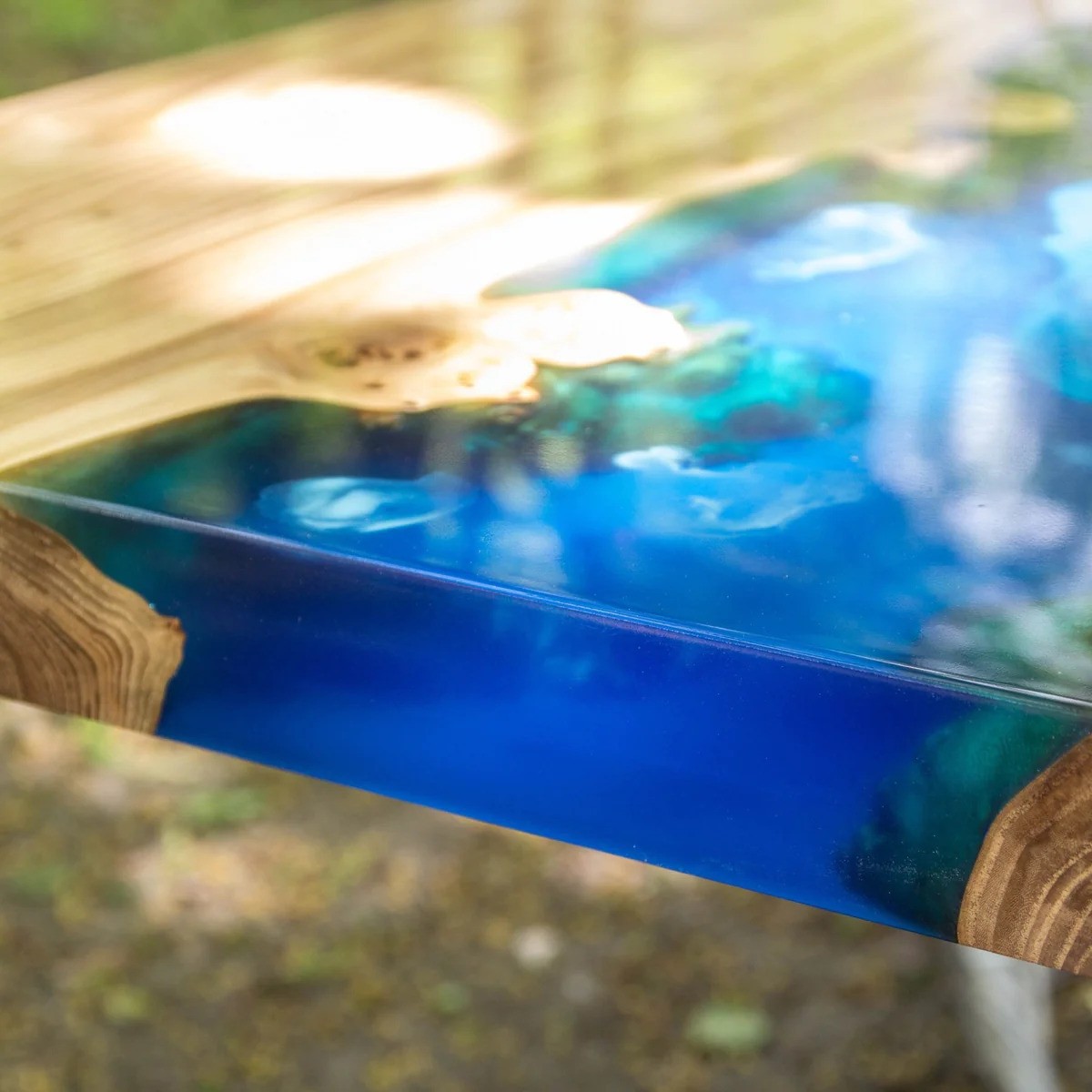
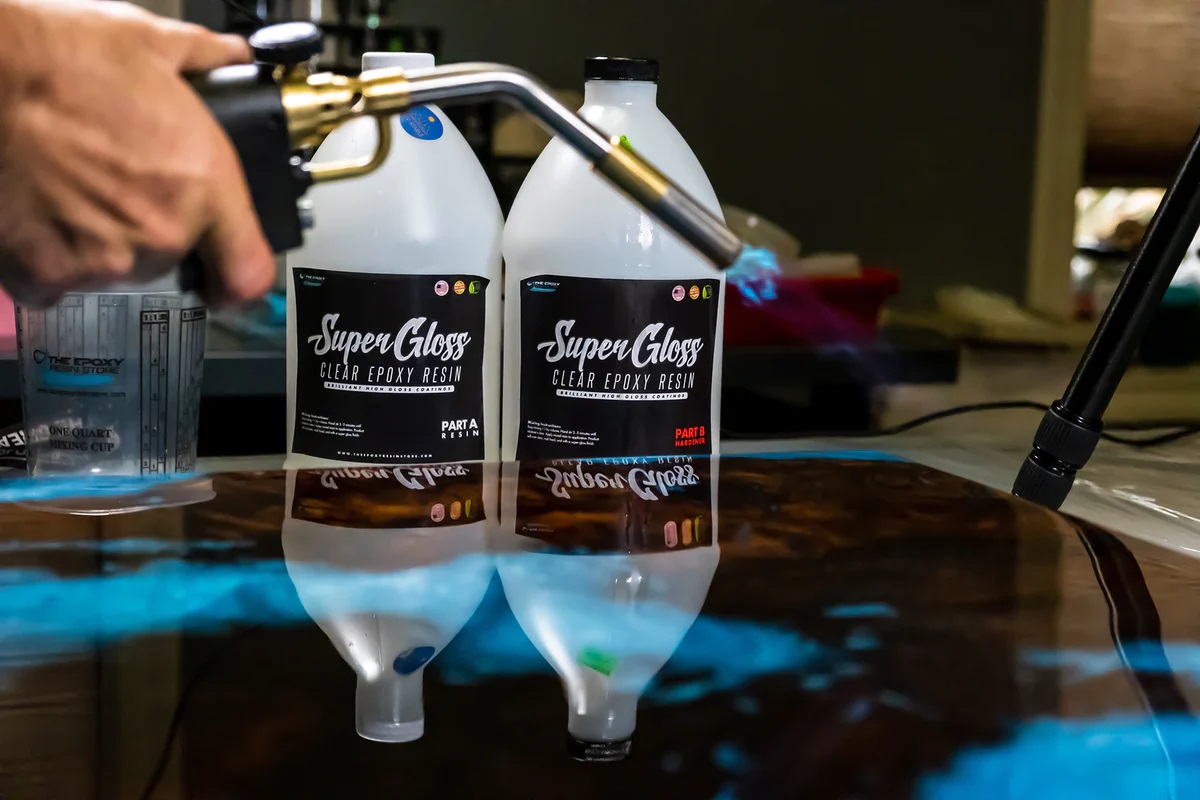

0 thoughts on “How To Resin Coasters”